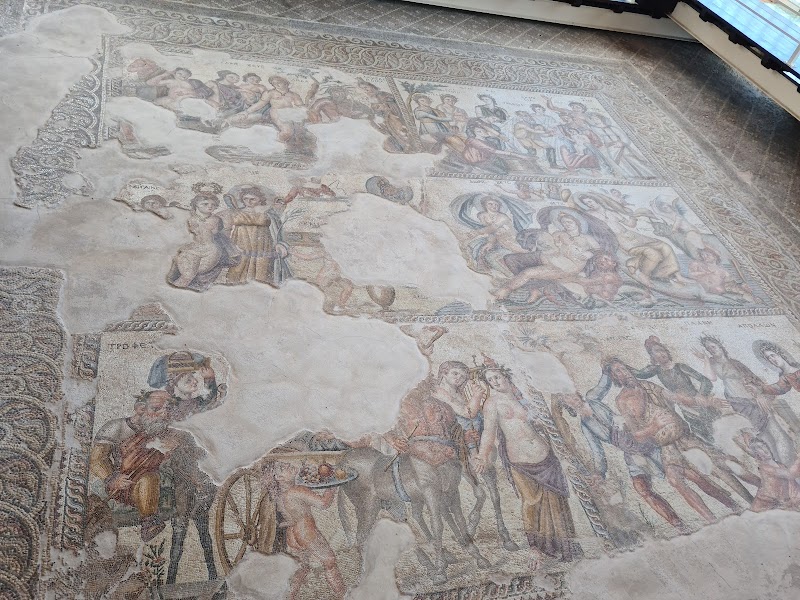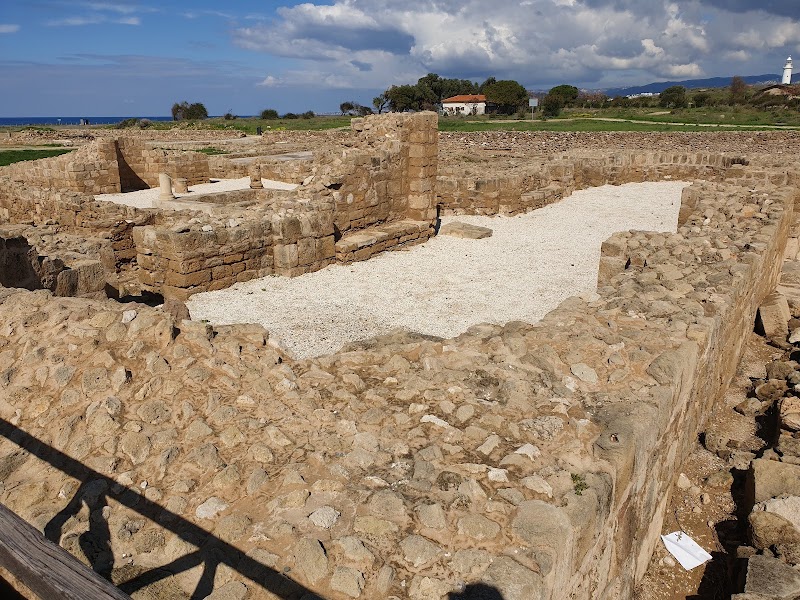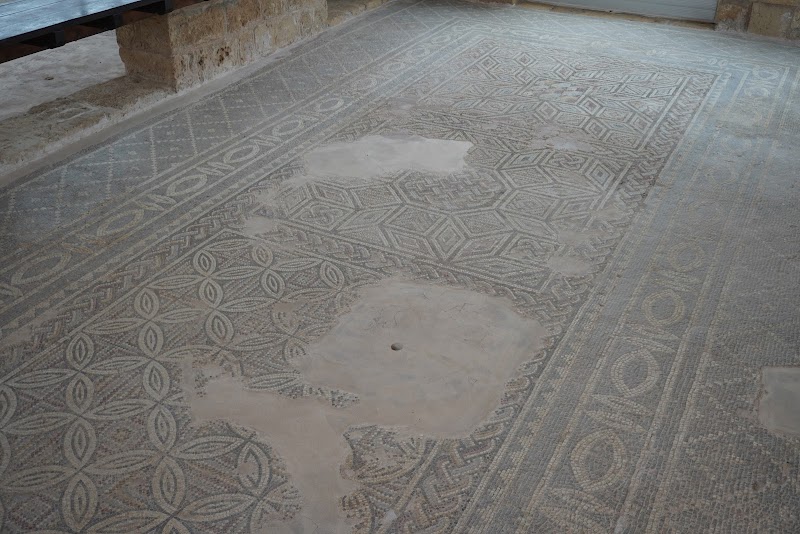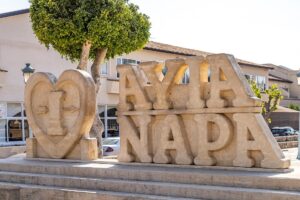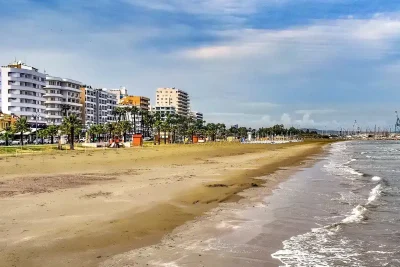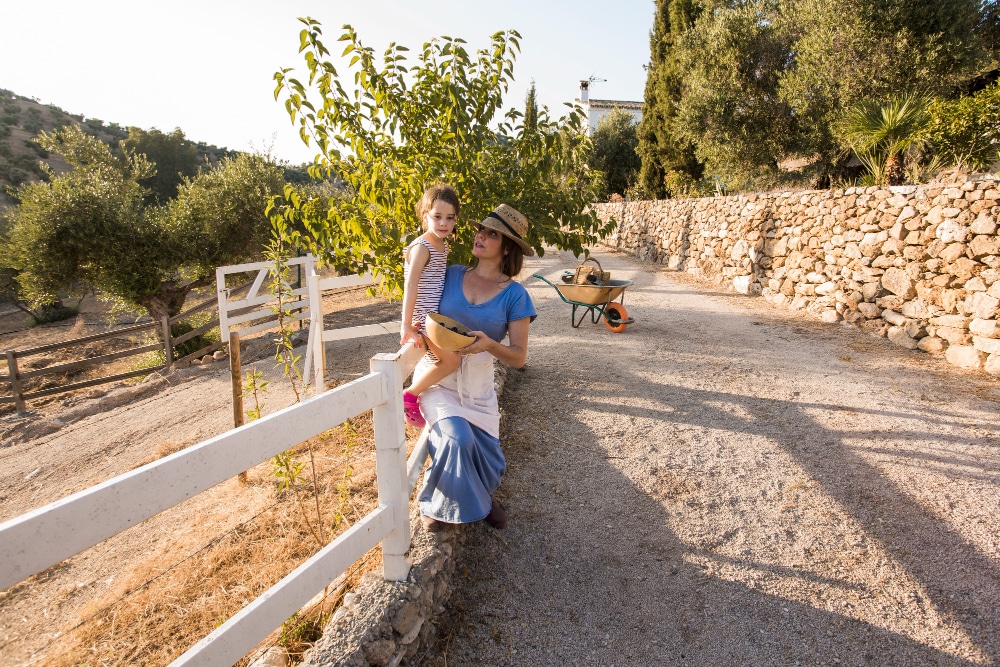The House of Aion is a fascinating Roman site located within the Paphos Archaeological Park in Cyprus, to the east of Theseus House, with its entrance directly opposite. This ancient structure, believed to be a public building from the mid-3rd century AD, showcases the rich architectural and artistic heritage of the Roman period. Its prime location within the archaeological park makes it an essential stop for anyone interested in exploring the deep historical roots of Cyprus.
Visit the House of Aion Because…
The House of Aion is renowned for its extraordinary mosaic flooring, which dates back to the middle of the 4th century AD. These mosaics are considered some of the most enigmatic and captivating works of art from the period. The five rectangular sections of the mosaic depict polytheistic mythological scenes, including Leda and Zeus, the infant Dionysus, the Dionysian troupe, the punishment of Marsyas, and the victory of Cassiope. The rich symbolism and allegorical imagery in these scenes have sparked intense scholarly debate, adding an intriguing layer of mystery and cultural significance to the site. Visiting the House of Aion offers a unique opportunity to witness these masterpieces and explore the ongoing discussions about their interpretation.
Main Attractions and Activities
The highlight of the House of Aion is undoubtedly its vibrant and intricate mosaics, which cover a large portion of the triclinium—a grand dining room measuring 68 square meters. This space, likely used for semi-public gatherings and celebrations, is adorned with mosaics that reflect the complex religious and cultural dynamics of the time. The scenes depicted in the mosaics are filled with mythological and allegorical figures, showcasing the artistic excellence of the period. Visitors can also explore the frescoes and architectural decorations that once graced the walls of this remarkable building, offering a glimpse into the grandeur of Roman public architecture in Cyprus.
Practical Information
- How to Get There: The House of Aion is situated within the Paphos Archaeological Park, a central location that is easily accessible from the city of Paphos. Visitors can reach the site by car, with ample parking available, or by public transportation, which regularly services the area.
- Operating Hours: The site is open daily, with hours typically running from 8:30 AM to 5:00 PM, providing ample time to explore the House of Aion along with other nearby historical sites within the park.
- Admission: Access to the House of Aion is included in the ticket price for the Paphos Archaeological Park. It’s advisable to check the current ticket prices and availability before planning your visit.
Facilities and Amenities
The Paphos Archaeological Park offers several amenities to ensure a comfortable visit. Shaded seating areas are available throughout the park, providing relief from the sun. Information boards and guide services are available to help visitors understand the historical and cultural significance of the site. While the park does not have specific facilities dedicated to the House of Aion, the general amenities available throughout the park enhance the overall visitor experience.
ElloCyprus Recommends
To fully appreciate the intricate mosaics of the House of Aion, visit during the early morning when the natural light best illuminates the vibrant colors and detailed craftsmanship of the artwork. This is also the best time to explore the park before it becomes too crowded. Take your time to examine each scene of the mosaic closely, considering the different interpretations that have been proposed by scholars. This adds depth to your visit, allowing you to engage with the historical and cultural discourse surrounding the site.
Nearby Attractions
The House of Aion is located within the Paphos Archaeological Park, which is home to several other important historical sites, making it an ideal destination for history enthusiasts.
- Planet Adventure - A multi-level entertainment centre for fun for visitors of all ages - Check it out here
- Wagamama - Casual restaurant serving Asian dishes in a Japanese-inspired setting with long communal benches. - Check it out here
- Kings Avenue Mall Paphos Cyprus: Guide to Stores, Restaurants, and More - Contemporary indoor shopping center with 130+ stores, a food court & a movie theater. - Check it out here
House of Aion Directions
For directions to House of Aion, please follow this Google Maps link.
Frequently asked questions
How much does it cost to visit Kato Paphos Archaeological Park?
The entrance fee to Kato Paphos Archaeological Park is €4.50. It’s a good idea to confirm this before your visit, as prices can sometimes change. This UNESCO World Heritage Site, located in Kato Pafos, boasts a rich history with monuments from prehistoric times, the Roman era, and the Middle Ages. The park’s most celebrated feature is its stunning mosaics, which are a must-see for any visitor.
Where can you find the best mosaics in Cyprus?
The finest mosaics in Cyprus are found within the Archaeological Park of Kato Paphos. These mosaics are renowned across the eastern Mediterranean for their exceptional quality and intricate designs. Since 1980, they have been recognized as part of a UNESCO World Heritage Site, making them a highlight for anyone exploring the island’s rich cultural heritage.
What ancient remains can be found in Paphos?
Kato Paphos is home to the remains of ancient Nea Paphos, which was known as Aphrodite’s Sacred City. Additionally, just to the north, you’ll find the Kato Paphos necropolis, famously referred to as the “Tombs of the Kings.” If you venture a bit further to the village of Kouklia, you’ll discover the remains of the Temple of Aphrodite and the ancient site of Palaepaphos, also known as Old Paphos.
What does Nea Paphos mean?
Nea Paphos, meaning “New Paphos,” was established near the coast, close to a natural harbor. This new city was situated approximately 12 kilometers northwest of the original Paphos, which is often referred to as Old Paphos.

